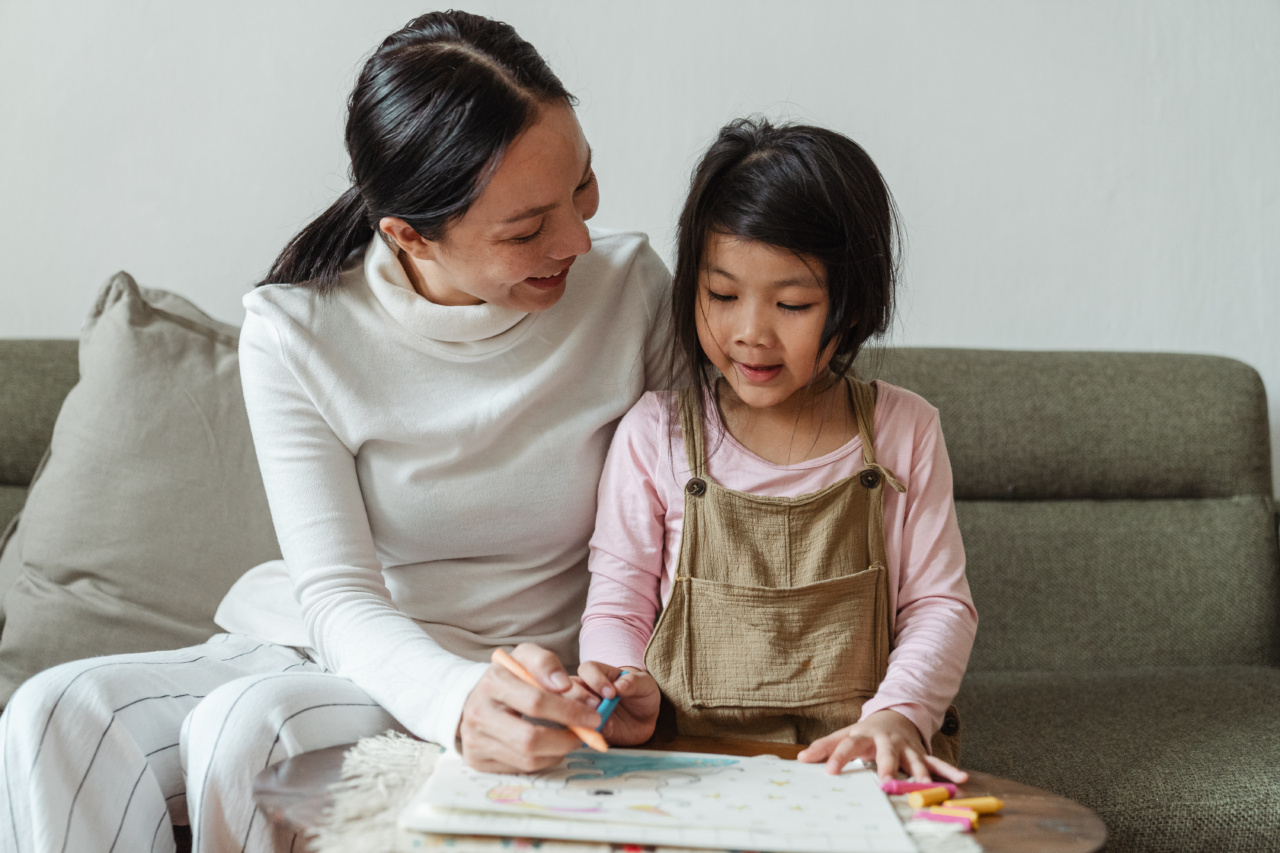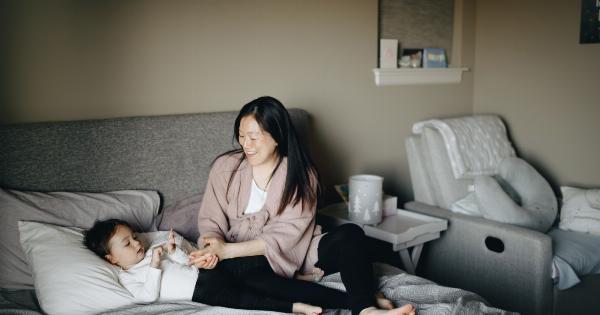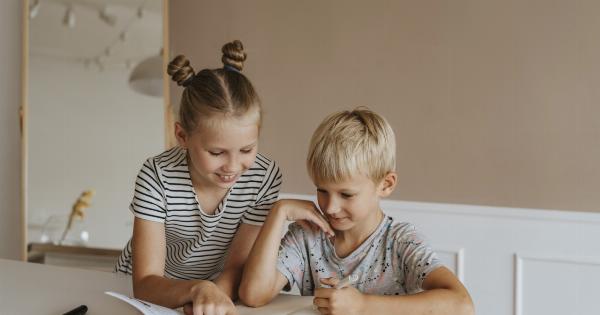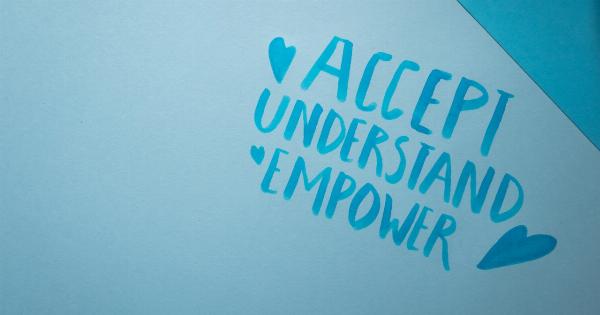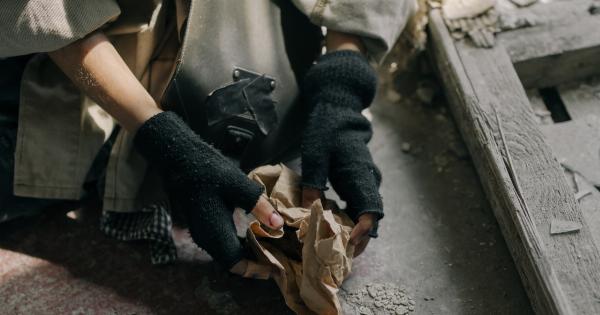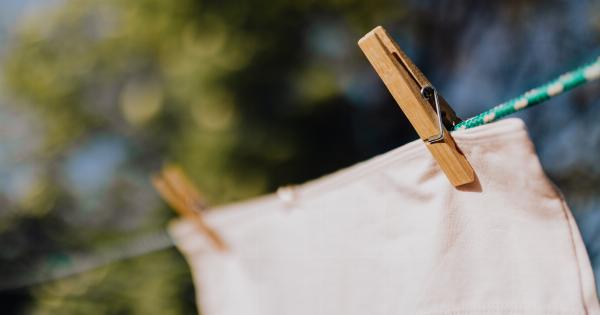It is quite common for children to create duplicates while playing. Duplicates are copies of something, like art or sculptures or written pieces.
Making duplicates of something a child likes can be a way for them to show their enjoyment of it or a way to preserve that feeling for later. Sometimes children create duplicates of something they have seen in the world, like cars or buildings, because they want to understand how it was made or have something that reminds them of it.
In short, creating duplicates is a normal part of childhood and development.
Types of Duplicates
There are different types of duplicates that children can create. One of them is making copies of drawings and paintings. Children may enjoy drawing the same picture over and over again.
This helps them improve their skills and build confidence in their abilities. Another type is creating 3D objects out of materials like clay, play-dough or building blocks. Children may build the same thing repeatedly and refine it with each iteration.
Finally, children may also write down a favorite story, poem, or song from memory, or copy it from a book or website. This allows them to internalize the words or song lyrics and understand their meanings more deeply.
Reasons for Creating Duplicates
Children create duplicates for a variety of reasons. One reason may be that they enjoy the process. Doing something over and over again may be soothing or satisfying for the child. Another reason is to master a skill.
By repeating the same task, like drawing or building, the child is practicing and improving their abilities. It can also be a way for children to express themselves creatively. By copying something they admire, they are putting their own spin on it and adding their unique perspective.
Additionally, creating duplicates can be a way for children to learn more about the world around them. By studying something, they are further understanding it and broadening their knowledge.
When Should You Seek Help?
While creating duplicates is a normal part of childhood, there may be some instances where it becomes a concern.
If the child is obsessively creating duplicates to the point where it interferes with their daily life or causes distress, it may be a sign of a more serious issue. For example, if the child is creating the same drawing over and over again and it’s the only thing they talk about, they may be struggling with anxiety or obsessive-compulsive disorder.
Additionally, if the child is struggling with identity issues or has difficulty forming their own thoughts and ideas, they may be relying too much on copying others. If the behavior is interfering with the child’s happiness or well-being, it is a good idea to seek help from a qualified professional, like a therapist or mental health expert, who can offer guidance and support.
Positive outcomes of creating duplicates
Creating duplicates can have a positive impact on a child’s development and can provide numerous benefits. Some of the benefits of creating duplicates include:.
- Improved fine motor skills: By continuing to practice the same skill, a child is refining their fine motor skills, which can be used later in life to learn new skills or hobbies.
- Confidence building: Creating duplicates allows children to see the progress they have made over time, which can instill confidence in their abilities.
- Enhanced creativity: Creating duplicates can also help foster creativity by allowing children to explore and experiment with different materials and methods.
- Improved self-expression: By copying something they admire, children are expressing themselves and their individuality in their own interpretations.
- Development of imagination: When creating duplicates, children are often picturing how something should look. This helps with developing imaginative skills, which are vital in the future.
Encouraging and Supporting the Child
If a child is creating duplicates for their enjoyment, parents or caregivers can encourage and support them in their endeavors. For example, they can provide the child with the necessary supplies and space to create.
They can also offer positive feedback and praise the child for their efforts and improvements. Parents and caregivers can also model creative behavior by engaging in their own artistic hobbies or sharing stories of their own creativity.
Conclusion
In conclusion, creating duplicates is a normal and often beneficial part of childhood. It allows children to explore their world and express themselves in numerous ways while also refining their skills.
While creating duplicates is generally a positive experience for children, parents or caregivers should remain aware of any negative behaviors that may arise and seek professional help if necessary. Encouraging and supporting the child’s creative endeavors can also have a positive impact on their development and self-esteem.
